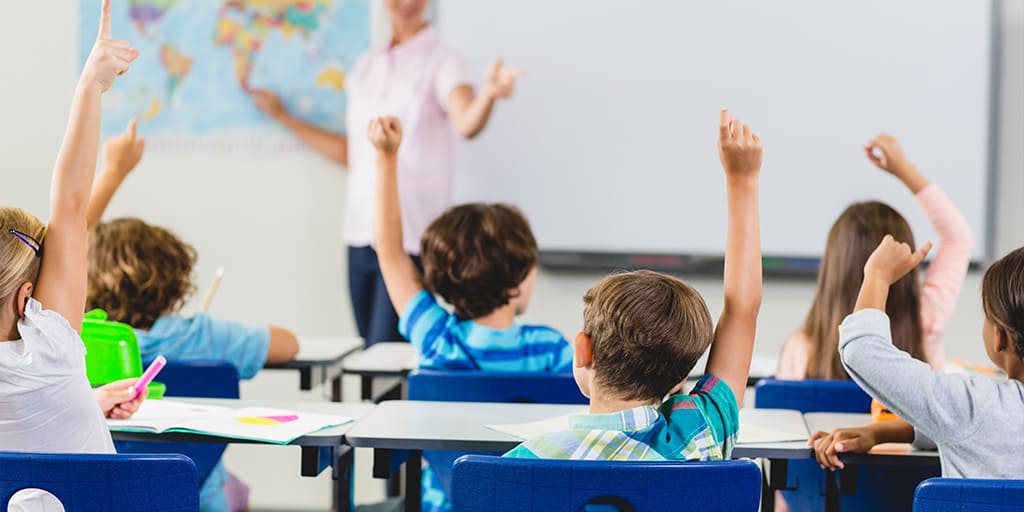Maintaining a conducive learning environment is essential for student success and academic achievement. Effective classroom management strategies play a pivotal role in fostering a positive and productive learning atmosphere. By promoting self-regulation, responsibility, and respect for others, educators can create an environment where students feel safe, engaged, and motivated to learn. Let’s explore some innovative approaches and best practices for improving student discipline in the classroom.

Building Positive Relationships
1. Establishing Rapport
Building strong relationships with students lays the foundation for positive behavior management. Take time to get to know each student individually, show genuine interest in their interests, strengths, and challenges, and foster a sense of belonging and acceptance in the classroom community. By creating a supportive and inclusive learning environment, you can cultivate mutual respect and trust, which form the bedrock of effective discipline management.
2. Clear Expectations and Consistent Enforcement
Setting clear and consistent expectations for behavior helps students understand what is expected of them and promotes accountability. Establish classroom rules and procedures collaboratively with students, ensuring that they are fair, reasonable, and aligned with the values of respect, responsibility, and cooperation. Consistently enforce consequences for both positive and negative behaviors, ensuring that expectations are upheld fairly and impartially for all students.
Promoting Positive Reinforcement
1. Celebrating Successes
Acknowledge and celebrate students’ achievements, efforts, and positive behaviors regularly. Praise and positive reinforcement can motivate students to continue demonstrating desirable behaviors and foster a sense of pride and accomplishment. Create a culture of recognition by highlighting student successes publicly, such as through praise, awards, certificates, or class acknowledgments, reinforcing the value of positive behavior and effort.
2. Utilizing Rewards and Incentives
Incorporate rewards and incentives as motivational tools to encourage positive behavior and academic engagement. Offer a variety of incentives, such as privilege cards, classroom privileges, extra recess time, or special recognition, to incentivize adherence to classroom expectations and participation in learning activities. Be mindful of maintaining a balance between intrinsic and extrinsic motivation, emphasizing the intrinsic value of learning and personal growth alongside external rewards.
Implementing Proactive Strategies
1. Engaging Instructional Strategies
Engage students actively in meaningful and relevant learning experiences to minimize behavioral disruptions and maximize student engagement. Incorporate hands-on activities, cooperative learning tasks, interactive discussions, and student-centered approaches that cater to diverse learning styles and interests. By promoting active participation and autonomy in the learning process, you can channel students’ energy and enthusiasm constructively.
2. Preemptive Intervention and Support
Identify potential triggers and antecedents of disruptive behavior proactively, and intervene early to prevent escalation. Provide additional support and resources for students who may require extra assistance or accommodations, such as differentiated instruction, behavior contracts, counseling services, or peer mediation. Collaborate with parents, administrators, and support staff to develop individualized plans and interventions that address students’ unique needs effectively.
Cultivating Social-Emotional Learning
1. Teaching Self-Regulation Skills
Foster the development of social-emotional skills, such as self-awareness, self-management, empathy, and responsible decision-making, through explicit instruction and modeling. Teach students strategies for self-regulation, conflict resolution, and stress management, empowering them to navigate challenges and regulate their emotions effectively. Incorporate mindfulness exercises, relaxation techniques, and reflective practices into daily routines to promote emotional well-being and resilience.
2. Creating a Restorative Culture
Promote restorative practices that emphasize accountability, reconciliation, and repair of harm within the classroom community. Encourage students to reflect on the impact of their actions, take responsibility for their behavior, and work collaboratively to resolve conflicts and restore relationships. Foster a culture of empathy, forgiveness, and understanding, where mistakes are viewed as opportunities for learning and growth rather than punitive measures.
Conclusion: Fostering a Culture of Respect and Responsibility
In conclusion, cultivating positive discipline in the classroom requires a multifaceted approach that prioritizes relationship-building, positive reinforcement, proactive intervention, and social-emotional learning. By establishing clear expectations, promoting positive relationships, utilizing proactive strategies, and fostering social-emotional competencies, educators can create a classroom environment where students feel valued, supported, and empowered to succeed. Through collaborative efforts between teachers, students, parents, and the broader school community, we can cultivate a culture of respect, responsibility, and mutual accountability that fosters positive behavior and academic excellence.